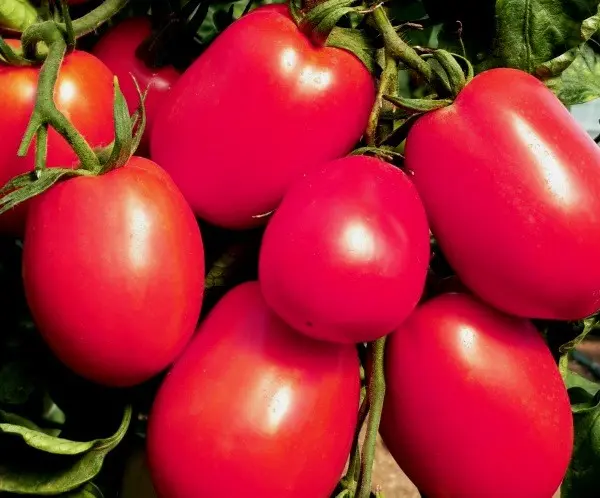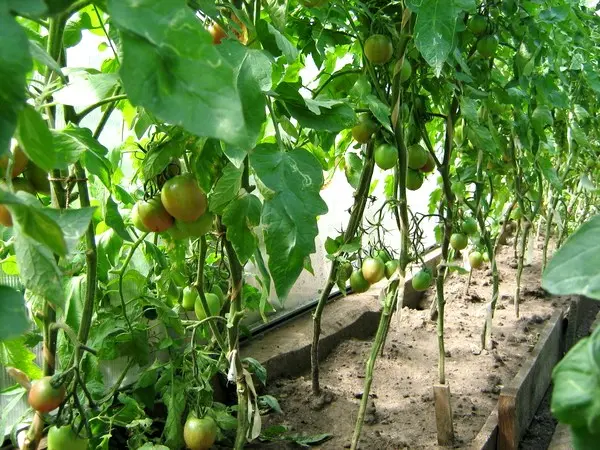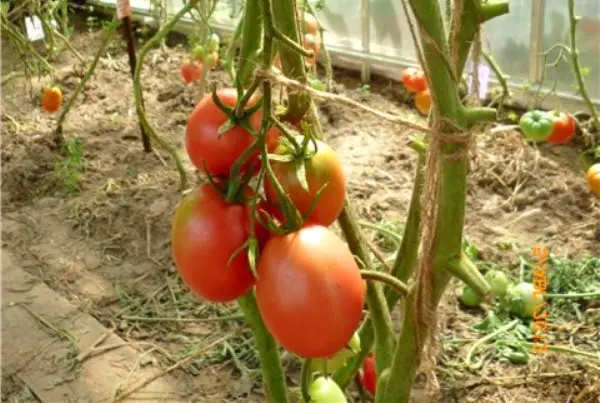Contents


Most gardeners already at the beginning of spring think about which variety of tomatoes to choose. Some people like the old varieties, and some want to try something new and follow the reviews of friends. This article will describe the De Barao pink tomato variety and the features of its cultivation.
Characteristics of a variety
Tomatoes De Barao is an indeterminate variety, in other words, tomatoes, in which, in the process of growth, new brushes with fruits are constantly formed, which prolongs their fertility. De Barao tomatoes are not afraid of capricious nature with its short frosts or droughts. De Barao tomatoes come in many varieties, such as king, pink, red, striped, giant, and black. But regardless of this, this vegetable is great for whole preservation, as well as for eating raw. Another important advantage of this variety is shade tolerance. That is why they can be grown in places that, it would seem, are not suitable for this, for example, under a fence, under a tree. An important factor is the availability of support in such places. This variety is still in demand due to the fact that its fruits can ripen even after they are removed from the bush. De Barao tomatoes are also distinguished by their resistance to parasites and diseases.

The most popular fruitful mid-season variety is a variety such as De Barao pink. The beginning of fruiting begins 111-119 days after full emergence. It would be better if its cultivation takes place under a film cover. In height, this variety can reach two meters. The fruits are oval, smooth and have a wonderful taste. Their mass ranges from 50-70 g. The mature fruit has, as you might guess from the name, a pink color. Its yield is 5,4-6,8 kg / m². Tomatoes of this variety do not perceive late blight.
Peculiarities of growing
Agrotechnics of tomatoes of the De Barao variety differs slightly from the cultivation of other varieties. For seedlings, tomato seeds are sown in early spring. As soon as several leaves appear on the bushes, the seedlings should dive.
Usually, seedlings are planted in the first half of May. It is then that the earth warms up enough, and the risk of night frosts decreases. Seedlings should be planted in open ground. Landing is best done on a cloudy day. In extreme cases, you can do this in the late afternoon.

Since this variety is very tall, the distance between the bushes should be at least 90 cm, and the row spacing should be left wide, within 120 cm.
Strengthening of seedlings occurs within two weeks, only after that it begins to grow rapidly. It is at this time that tomatoes should be fed with special fertilizers, to which superphosphates are added.
De Barao pink tomatoes branch very strongly, so they must be cut off, leaving only the 2 most powerful stems.
Tomatoes of this variety are among the tallest. Therefore, they must be tied up. Stakes for garter tomatoes need to be driven in during planting seedlings. Later garter may damage the roots.
The root system of these tomatoes is well developed, actively growing and requires abundant watering. This fact must be foreseen in advance, since several buckets of water are used per bush.

Sometimes processing is required and the lower leaves of De Barao pink. This is necessary in order to improve their ventilation. You also need to pluck yellow or spoiled leaves.
Using
A distinctive feature of De Barao tomatoes is their versatility in use. They can be eaten raw, in salads. They are also suitable for preservation as a whole. There are quite a lot of positive reviews that they can be used as ingredients for making borscht, Italian pizza, Greek salad or Hungarian goulash soup.
Video “Variety of tomatoes De Barao pink”
The video shows the crop of De Barao pink tomatoes grown in a greenhouse. Advice on caring for culture is given.
Author: Svetlana Galitsina
Loading…









